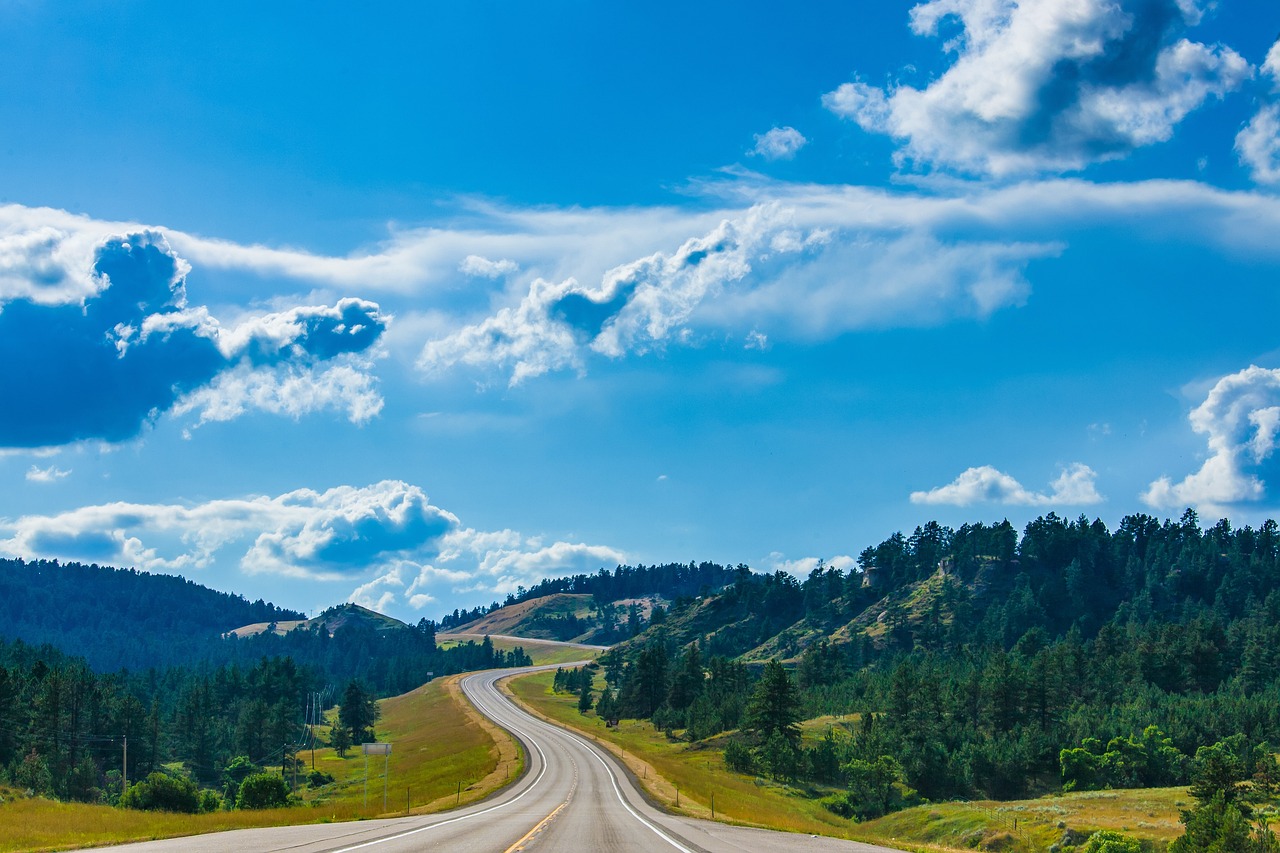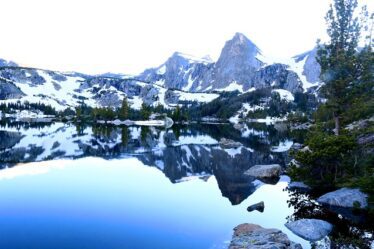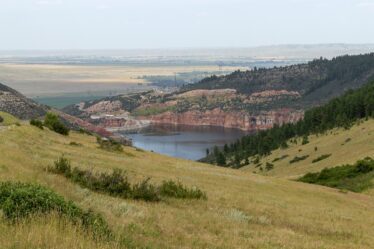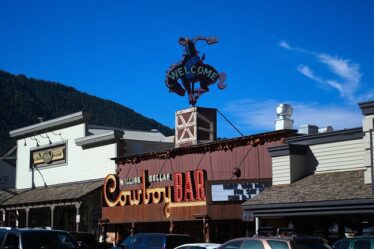
Nestled in the rugged landscapes of Wyoming, amidst its rolling plains and towering mountains, lies a curious legend that has intrigued both locals and visitors for decades—the tale of the Jackalope. This mythical creature, often described as a jackrabbit with antelope horns, embodies the spirit of Wyoming’s wild and whimsical folklore.
Origins of the Jackalope Legend
The origins of the Jackalope can be traced back to the early 20th century, with Douglas, Wyoming, claiming to be the birthplace of this legendary beast. According to local lore, the Jackalope was first conceived in the 1930s by Douglas Herrick and his brother, who were known for their taxidermy skills. Combining the antlers of a deer with the body of a jackrabbit, they created a creature that soon captured the imagination of many.
Herrick’s whimsical creation quickly became a sensation, leading to the proliferation of Jackalope “sightings” and the spread of tales about the creature’s elusive nature. The Jackalope was said to be extremely shy, only coming out at twilight, and possessing a talent for mimicking human voices, which it used to evade capture.
The Jackalope in Wyoming Culture
Wyoming has embraced the Jackalope as a symbol of its unique cultural heritage. In Douglas, the Jackalope is more than just a myth; it is a celebrated part of the town’s identity. Visitors can find Jackalope statues, souvenirs, and even a Jackalope Days Festival, held annually to honor this fantastical creature. The festival includes various activities such as Jackalope-themed races, parades, and craft fairs, drawing enthusiasts from all over.
Local businesses, too, have capitalized on the Jackalope legend. From motels to diners, the image of the Jackalope adorns signs, menus, and merchandise, adding a touch of whimsical charm to the town’s atmosphere. This blend of folklore and tourism underscores the creature’s significance in Wyoming’s social and economic landscape.
The Science Behind the Myth
While the Jackalope is undeniably a work of fiction, it is interesting to note that the legend may have roots in real biological phenomena. Some scientists speculate that the myth could have been inspired by jackrabbits infected with the Shope papilloma virus, which causes horn-like growths on their heads. These growths, though not true antlers, could have given rise to the stories of horned rabbits seen by early settlers and hunters.
Preserving the Legend
In an era where folklore can easily fade into obscurity, Wyoming’s dedication to the Jackalope legend is commendable. By keeping the story alive through festivals, merchandise, and local traditions, the state not only preserves a quirky aspect of its heritage but also fosters a sense of community and pride among its residents.
The Jackalope, with its blend of mystery and humor, continues to captivate imaginations. Whether viewed as a playful prank or a symbol of the untamed spirit of Wyoming, the legend of the Jackalope endures, reminding us of the power of storytelling in shaping cultural identity.
Visiting Jackalope Territory
For those intrigued by the legend, a visit to Douglas, Wyoming, offers a delightful journey into the heart of Jackalope country. Tourists can explore the Jackalope Museum, take photos with the Jackalope statues scattered around town, and even obtain a Jackalope Hunting License—a quirky souvenir that humorously plays into the myth.
In the vast and varied landscape of Wyoming, where nature’s beauty is matched only by the richness of its folklore, the Jackalope stands out as a testament to human creativity and the enduring allure of the mythical. Whether you’re a believer or a skeptic, the legend of the Jackalope is sure to add a touch of enchantment to your Wyoming adventure.


